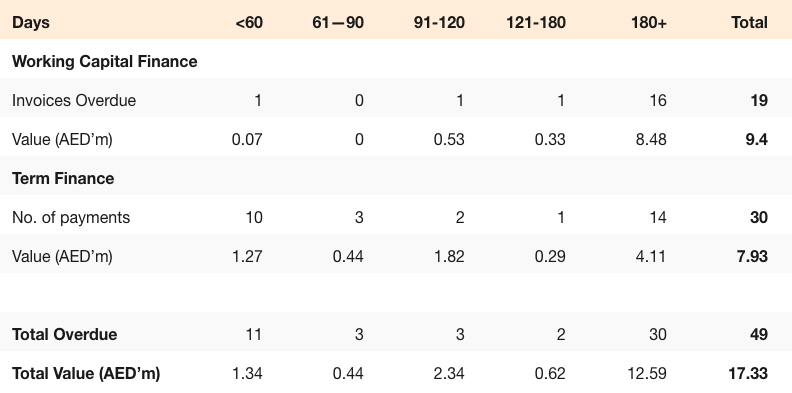Many SMEs struggle to access the finance capital that they require in order to move their business forward, but a new finance model can help them achieve their growth ambitions.
Traditionally businesses used to rely on conventional institutions such as banks for finance, but as banks place greater restrictions on their lending practices, businesses are increasingly turning to alternative sources of finance such as Crowdfunding.
Why crowdfunding is an option
Crowdfunding is a more collaborative approach to raising investment and uses the Internet as a platform to reach thousands or even millions of potential investors and enabling a mutually beneficial relationship between investor and businesses. For the investor, smaller levels of investment across a diversified portfolio minimizes potential risk and offers attractive rates of return. Businesses are exposed to new channels of investment to drive growth with more flexible repayment terms.
Crowdfunding is of particular significance to the future growth of small and medium sized enterprises (SMEs), who until now may have struggled to gain the investment or funding required for expansion from traditional channels.
According to a report by Foundation Capital, Global peer-to-peer lending, increasingly referred to as ‘marketplace lending’, is estimated to be valued at almost USD$9 billion in 2014 and is forecast to deliver USD$1 trillion by 2025.
This can be evidenced by companies like Kickstarter and Lending Club who have proven that this is a highly successful concept in the US and Europe. Global peer-to-peer lending (or marketplace lending as it can also be called), can produce strong results. RSA Insurance Group (Royal and Sun Alliance) in the UK quoted that 30% of the investment comes from family and friends, 30% from acquaintances, whilst the remaining is from the ‘crowd’.
In the UAE small and medium-sized enterprises (SMEs) account for about 60 percent of the non-oil economy and 90 per cent of total businesses. SMEs are critical to employment creation and economic growth, yet they account for only 3-4 percent of bank lending. This figure is further illustrated by the bank loan rejection rates that are recorded for SMEs, which are between 50-70 percent.
Both alternative and traditional funding models are able to contribute to the growth of the economy by financing the SME sector. SMEs are the backbone of the global economy, representing almost 92 percent of the total number of companies in the UAE, and providing more than 86 percent of jobs in the private sector.
The International Finance Corporation (IFC) estimates the current SME funding gap in the MENA region to be at least USD$260 billion. This considerable gap between the demand and supply of capital is driving a critical need for alternative finance solutions to fuel growth in this significantly underserved sector of the economy.
How crowdfunding works
There are predominately four models for crowdfunding platforms: equity-based, lending-based, reward-based, and donation-based. Classification is based on the funders’ primary motivation for engaging in crowdfunding.
- Equity-based crowdfunding – This is a model by which funders receive an interest in the form of equity in the venture they fund. Alternatively, they can receive revenue or profit-share arrangements.
- Lending-based crowdfunding – Also known as peer-to-peer lending, by which the model is that funders often receive fixed periodic income and expect repayment of the original principal investment.
- Reward-based crowdfunding – Allows funders to gain a non-financial benefit in return for financial contributions. Non-monetary rewards often take the form of a token of appreciation or the pre-purchasing of products or services.
- Donation-based crowdfunding – This model is widely available within the UAE. It provides funders with a way to donate to causes that they want to support, with no expected compensation (i.e. philanthropic or sponsorship based incentive).
Outside North America and Europe, crowdfunding is still a relatively new concept but Asia and Oceania are being highlighted to account for the secondary growth. It seems clear that the model of crowdfunding will continue to expand globally as regions seek faster and more flexible ways to drive economic growth.
Beehive Group launched in November 2014 the UAE’s first platform for lending-based on crowdfunding, where individual investors can invest from as little as AED 100 into each business listed on the platform and receive monthly repayments at target rates ranging between 8% APR and 20% APR.
Beehive undertakes thorough due diligence on each business listed on the platform and the company facilitates the finance agreement between the business and investors, charging a small percentage fee of the finance amount.
Peer-to-peer lending, based on crowdfunding principles, enables Beehive to reduce operating costs and streamline processes to minimise the cost and complexity in finance.
Source: Souqalmal




